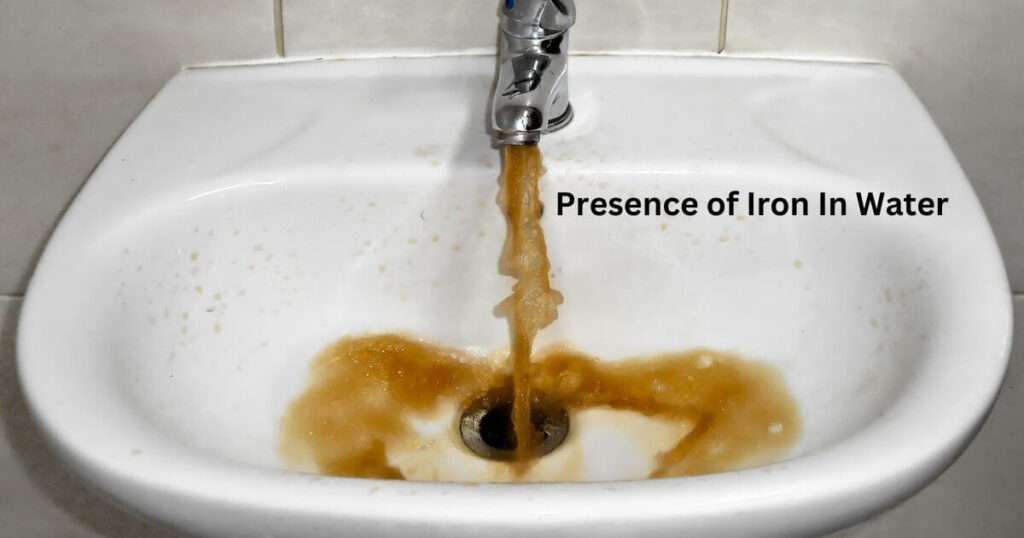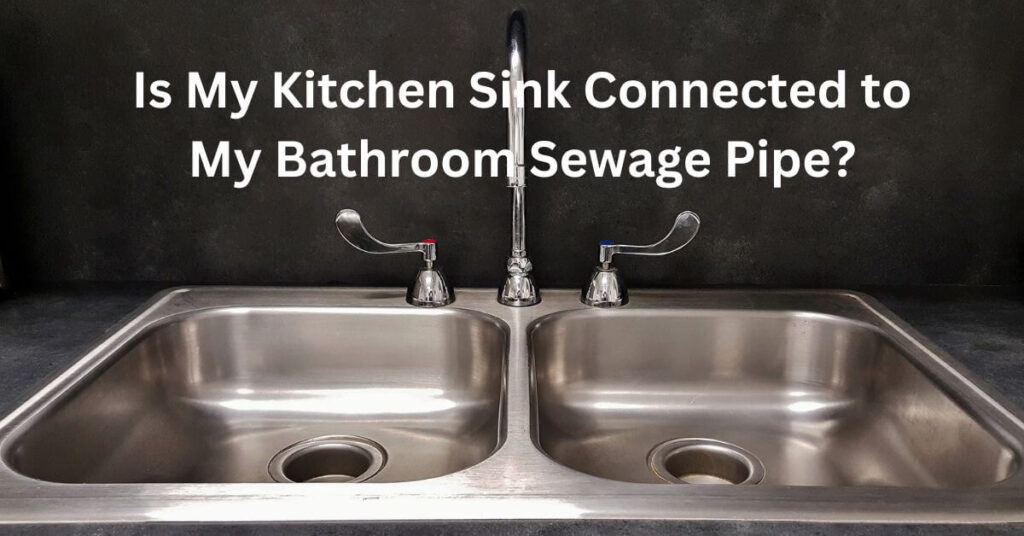A water softener is a popular home appliance that removes minerals like calcium and magnesium from hard water. These minerals can cause buildup in pipes, appliances, and fixtures, leading to damage and decreased efficiency. But what about iron? Does a water softener remove iron?
Yes and no. It depends on the water softener you have and the iron level in your water. It is important to note that water softeners are designed primarily for removing minerals like calcium and magnesium, not iron.
What is Iron in Water?
Iron is a naturally occurring element that is commonly found in groundwater sources. It exists in soluble ferrous iron (Fe2+) or insoluble ferric iron (Fe3+). Iron does not pose health risks at certain levels but can be problematic for household plumbing systems and aesthetics.

Too much iron can discolor water, leaving reddish-brown stains on fixtures, clothing, and plumbing. It can encrust water heater elements and pipes over time. While iron does not usually affect the taste of water, it can take on a metallic flavor at higher concentrations.
The U.S. Environmental Protection Agency secondary standard for aesthetics in drinking water is 0.3 mg/L or parts per million (ppm) of iron.
Does a Water Softener Remove Iron?
In most cases, a basic water softener alone will not lower the iron concentration in well water. Any iron present will continue to discolor fixtures and plumbing over time. Some softeners may reduce iron levels slightly by ion exchange, but significant iron removal requires additional treatment.
Softened water may still leave rust-colored stains because iron precipitates out of water more readily once hardness ions are removed. Without further treatment, a standard softener provides little solution for aesthetic or plumbing issues caused by moderate to high levels of soluble iron.
What is the Best System to Remove Iron From Water?
It’s crucial to understand that while a water softener can handle some iron, it is not an iron removal system. If your water contains iron levels above 3 ppm (parts per million), you’ll need a dedicated iron filter or a combination system that softens the water.
Alternative methods for iron removal include:
Iron Filters
Dedicated iron filters, often utilizing green sand or other media, can effectively remove iron from your water supply. These systems are designed to target iron and come in various configurations to meet different iron concentration levels and flow rates.
Combination Systems
You can opt for combo systems with water softeners and iron filters in a single unit. These systems use different tanks/media layers to filter out the iron and soften the water, providing a comprehensive solution for your water quality needs.
Chlorination Systems
Chlorination followed by filtration is another popular method for treating high iron levels in water. The water is treated with chlorine to oxidize the iron, which is then filtered out using various methods like catalytic carbon or aeration.
Common Signs of Excess Iron in Water
Besides the obvious rusty stains on your fixtures and laundry, there are other signs that your water may have high levels of iron:
Reddish or Yellowish Staining
One of the most noticeable signs of excess iron in water is reddish, yellowish, or orange staining around faucet outlets, sinks, tubs, and toilets. Iron reacts with oxygen in the air and precipitates out as a rust-colored deposit.
Over time, water with high iron levels can leave a persistent ring around drain fixtures that is difficult to clean. You may also see rust-colored sediments collected at the bottom of water heaters or water storage tanks.
Metallic or Iron-Like Taste
Drinking water with elevated iron often has a distinct metallic or iron-like flavor that some describe as metallic, rusty, or blood-like. The mineral gives the water an unpleasant aftertaste that may linger in the mouth.
The taste becomes more pronounced over time as iron concentrations increase. Many homeowners first notice the issue because of complaints about the taste of the water.
Reddish or Brownish Water
At very high iron levels, typically over 5 mg/L, the excess iron can impart an obvious reddish, brownish, or orange color to the water directly as it comes out of faucets or fills water vessels.
The water may look diluted and murky rather than clear. However, most cases of elevated iron will not discolor the water visibly and will only be detectable through testing or experience of secondary signs.
Clouding or Floculation
As dissolved iron interacts with other components in the water like oxygen, pH, hardness, it can precipitate out of the solution, forming reddish-brown floc or cloudy particles.
This clouding or floculation tendency is commonly observed in hot water due to a temperature change that alters iron solubility. Iron particles may collect on water heater elements over time.
Plumbing Corrosion
In high concentrations, dissolved iron can be corrosive to pipes, fixtures, and water-using appliances over the long run. It accelerates the corrosion rate, causing rust spots, pitting, or buildup on metal surfaces like pipes both upstream and inside household plumbing systems. Corrosion shortens equipment lifespan and leads to premature replacement needs.
Plant or Lawn Issues
For properties using iron-rich water for irrigation, symptomatic plants may display interveinal chlorosis (yellowing between leaf veins) due to iron being poorly absorbed.
Iron toxicity can also damage more sensitive plants over the long run. Iron accumulations in soil may inhibit healthy root growth of grasses and gardens near foundations.
Does a Water Softener Remove Iron? – A Summary
Conventional water softeners can effectively reduce water hardness and prevent scale buildup. However, they do not fully treat or remove soluble iron from well water sources on their own.
Additional filtration is necessary for moderate to high iron levels over 0.3 ppm. Softened water may temporarily mask iron staining issues but will not resolve the root cause.
For the best solution, homeowners need an iron removal system paired with a water softener tailored to their test results. With the right combined treatment, both hardness and iron problems can be addressed.


